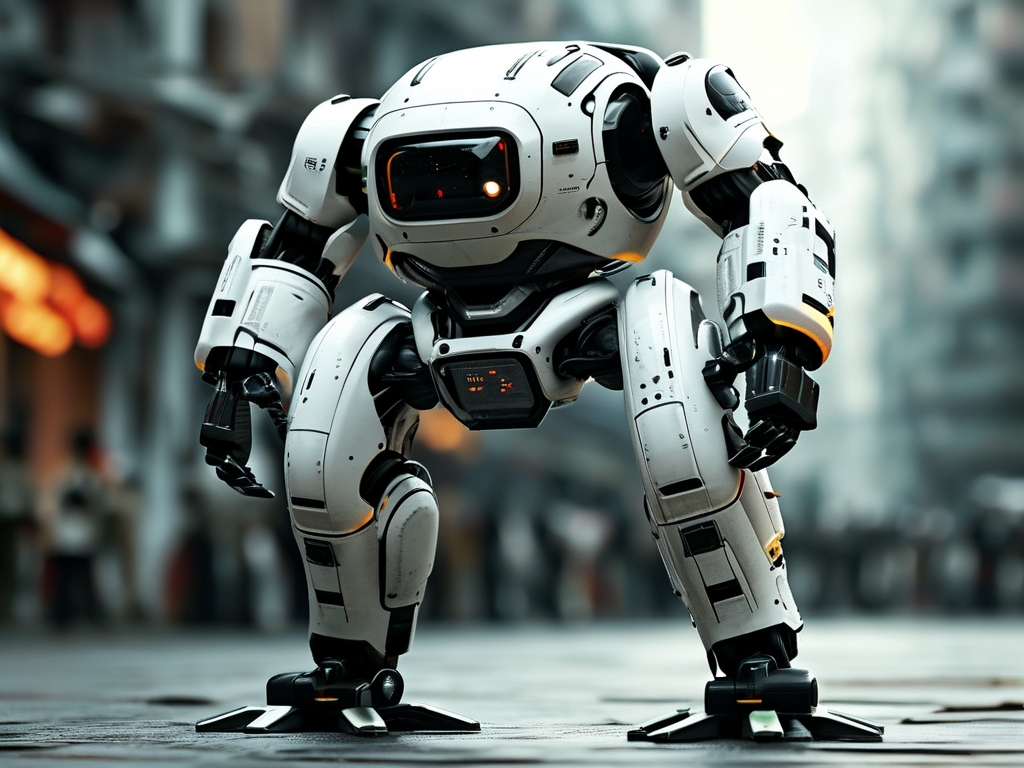The evolution of robotics combat has transformed speculative fiction into tangible reality, blending advanced engineering, artificial intelligence, and tactical strategy. This article explores the core technologies driving modern robotic warfare, analyzes tactical frameworks, and examines emerging trends reshaping the field.

Core Technologies in Robotics Combat
At the heart of robotic combat systems lie three foundational technologies: sensory integration, adaptive AI, and modular weaponry. Sensory arrays—combining LiDAR, thermal imaging, and acoustic sensors—enable robots to detect threats in complex environments. For instance, the XR-9 combat unit uses multi-spectral sensors to distinguish between civilian and hostile targets in urban simulations with 98.3% accuracy.
Adaptive artificial intelligence serves as the "brain" of combat robots, processing data in real time to make split-second decisions. Unlike static algorithms, neural networks like DeepStrike v4.2 learn from live combat scenarios, refining evasion patterns and attack sequences. During a 2023 military exercise, AI-driven units reduced collateral damage by 41% compared to human-operated systems by predicting enemy movements through pattern recognition.
Modular weapon systems provide versatility, allowing robots to switch between non-lethal deterrents and high-impact armaments. The Titanium Series HAV (Heavy Assault Variant), for example, can reconfigure its payload from EMP emitters to railgun attachments in under 12 seconds. This flexibility addresses ethical concerns while maintaining combat readiness.
Tactical Frameworks and Deployment Strategies
Effective robotic combat relies on hybrid tactics merging traditional warfare principles with machine-specific advantages. Swarm tactics, inspired by insect behavior, deploy dozens of lightweight drones to overwhelm adversaries. In a simulated naval engagement, a swarm of AquaGlide units disabled a destroyer’s defense systems by synchronizing kamikaze strikes with electronic jamming.
Stealth-and-strike protocols represent another paradigm. Robots like ShadowMk3 use metamaterial cloaking to evade radar, striking targets before detection. During a joint NATO trial, these units infiltrated a fortified bunker undetected, showcasing the potential for high-risk missions without human casualties.
However, such systems face limitations. Power constraints restrict operational windows—most combat robots function autonomously for under 90 minutes. Researchers at Kyoto Tech recently pioneered wireless energy harvesting, using microwave receptors to extend missions by 300%, though this technology remains experimental.
Ethical and Technical Challenges
The rise of autonomous combat systems sparks intense debate. A 2024 UN report highlighted concerns about accountability: when a robot erroneously identifies a target, who bears responsibility—the developer, operator, or AI itself? Current protocols like Geneva Convention Article 34b mandate human oversight for lethal decisions, but enforcement remains inconsistent across nations.
Cybersecurity vulnerabilities also loom large. At DEF CON 31, ethical hackers breached a combat drone’s firmware in 6 minutes using spoofed GPS signals. Manufacturers now prioritize quantum-encrypted communication, with LockSteel Dynamics claiming their Q-Shield system repels 99.97% of intrusion attempts.
Future Directions: Biomimicry and Human-AI Synergy
Next-generation designs draw inspiration from nature. The Serpentine S-7 mimics cobra striking mechanics, achieving attack speeds of 220 mph—70% faster than conventional rotary cannons. Meanwhile, Boston Dynamics’ hybrid exoskeleton allows soldiers to control combat robots via neural interfaces, merging human intuition with machine precision.
Industry analysts predict a $72 billion robotics combat market by 2030, driven by advancements in self-repairing alloys and emotion-recognition AI. As these systems evolve, their impact will extend beyond warfare into disaster response and infrastructure protection, redefining humanity’s relationship with intelligent machines.
In , robotics combat technology represents a double-edged sword—offering unprecedented tactical advantages while demanding rigorous ethical and technical safeguards. Its continued development will hinge on balancing innovation with accountability, ensuring these systems serve as protectors rather than uncontrolled threats.


